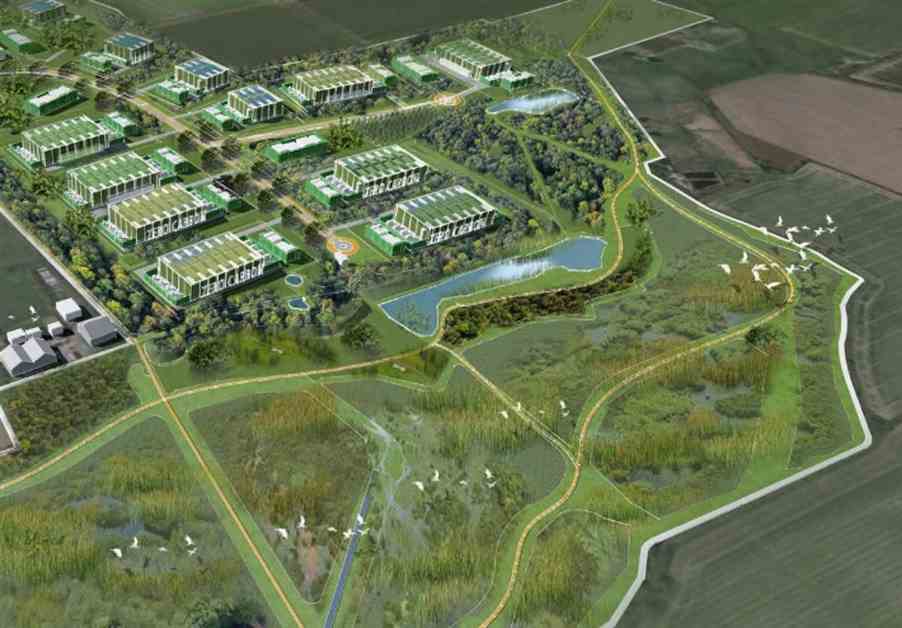Controversy Surrounds Proposed Data Centre in Havering
Proposals have been put forward for the construction of what is being billed as ‘Europe’s largest data centre’ on the outskirts of Havering, but local residents are raising concerns about the project. The East Havering Data Centre, planned by London-based infrastructure developer Digital Reef, is set to occupy 40 hectares and include various facilities such as battery storage, horticulture, and renewable energy infrastructure. The proposed site, located in rural North Ockenden, would also feature a 113-hectare ‘ecology park’ for public use.
Havering Council has expressed support for the project, citing potential economic benefits such as job creation and revenue generation. However, residents, led by climate action group Havering Friends of the Earth, have voiced opposition to the development. Concerns have been raised about the environmental impact of the data centre, including increased traffic, noise pollution, and energy consumption.
Despite assurances from the council and Digital Reef about the project’s eco-friendly design and reliance on renewable energy sources, residents remain skeptical. A public consultation is scheduled to address these concerns, but some locals feel excluded from the decision-making process.
Critics of the data centre project argue that it could set a precedent for further industrialization of the Green Belt, threatening the area’s natural landscape and wildlife. Residents have launched a petition against the development, calling for greater transparency and community involvement in the decision-making process.
As the controversy continues to unfold, the future of the proposed data centre in Havering remains uncertain. Residents and authorities are engaged in a debate over the project’s merits and potential drawbacks, highlighting the complex issues at stake in the development of large-scale infrastructure projects in rural areas.
